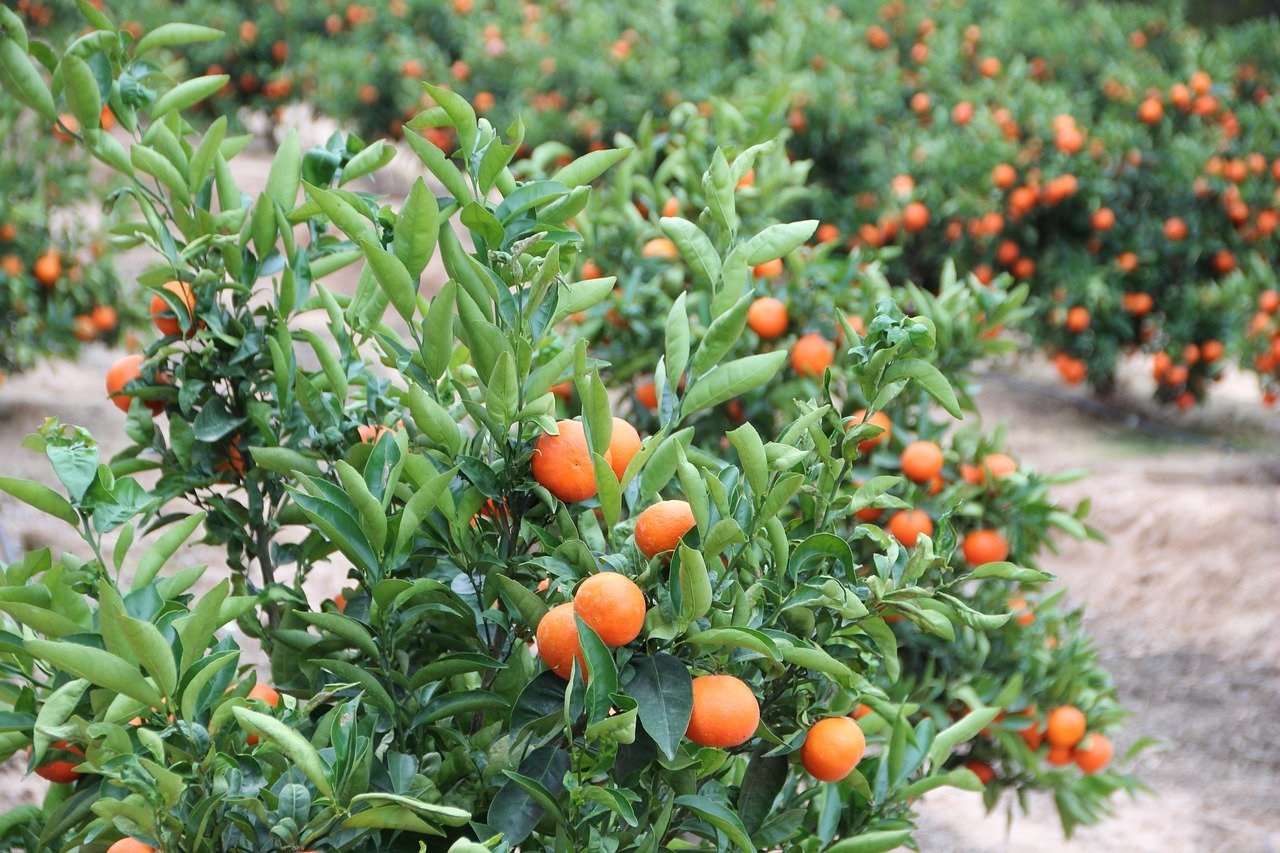See the latest results of research into Individual Protective Covers (IPCs) for young citrus trees in the citrus greening era.
While Florida citrus growers wait for a solution to citrus greening, the main focus is on keeping new citrus trees healthy and productive, and free from citrus greening as long as possible. individual protective covers (IPCs) have thus far proven their worth in keeping young citrus trees free from citrus greening infection, according to a Citrus Industry article. See the details below.
The Latest in Individual Protective Covers Research
According to the article, UF/IFAS assistant professor Fernando Alferez shared the latest information on research on individual protective covers at the UF/IFAS Florida Citrus Growers’ Institute. “Once you plant a tree, if it’s not protected, it’s exposed to HLB infection from day one,” Alferez said in the article.
The UF/IFAS researchers placed IPCs over young citrus trees for 30 months. Benefits of the IPCs included keeping the trees from being infected with citrus greening, improving tree growth, and increasing leaf area. Drawbacks include the IPCs don’t keep out all disease. “The IPCs actually provide a really good environment for some pests, but also some diseases. In our case, we saw a significant decrease in citrus canker incidence. But, in the case of greasy spot and sooty mold, we have more incidence inside the IPCs, probably due to more humidity accumulated inside these covers,” Alferez said.
The IPCs were removed at 30 months, and fruit was harvested in February 2021. Benefits include improved fruit quality and somewhat of a delay in citrus greening infection; the article maintains 85% of the citrus trees were still free of citrus greening infection.
Alferez added that there was continuing research into whether brassinosteroids combined with IPCs would add further protections for young citrus trees concerning citrus greening.

